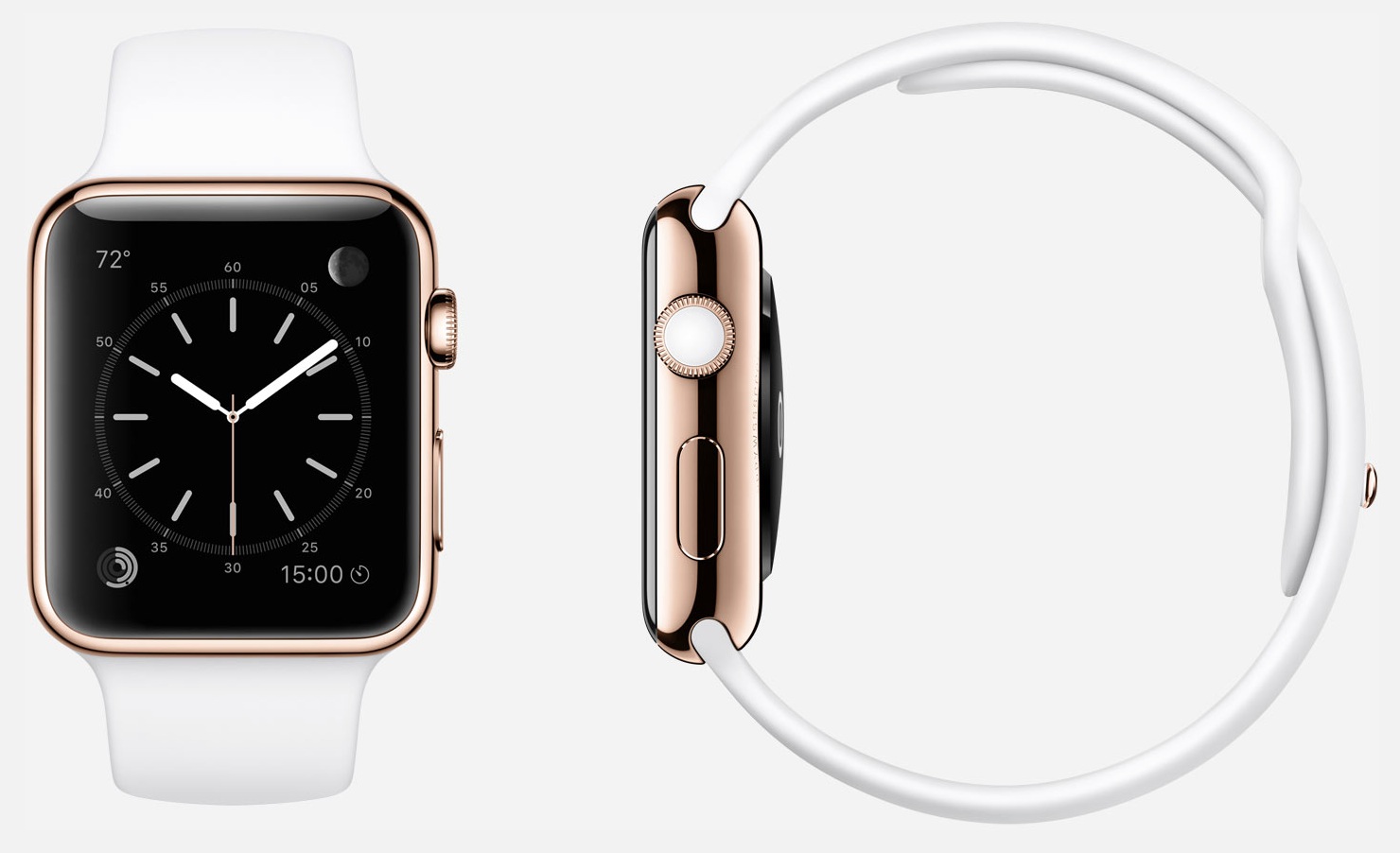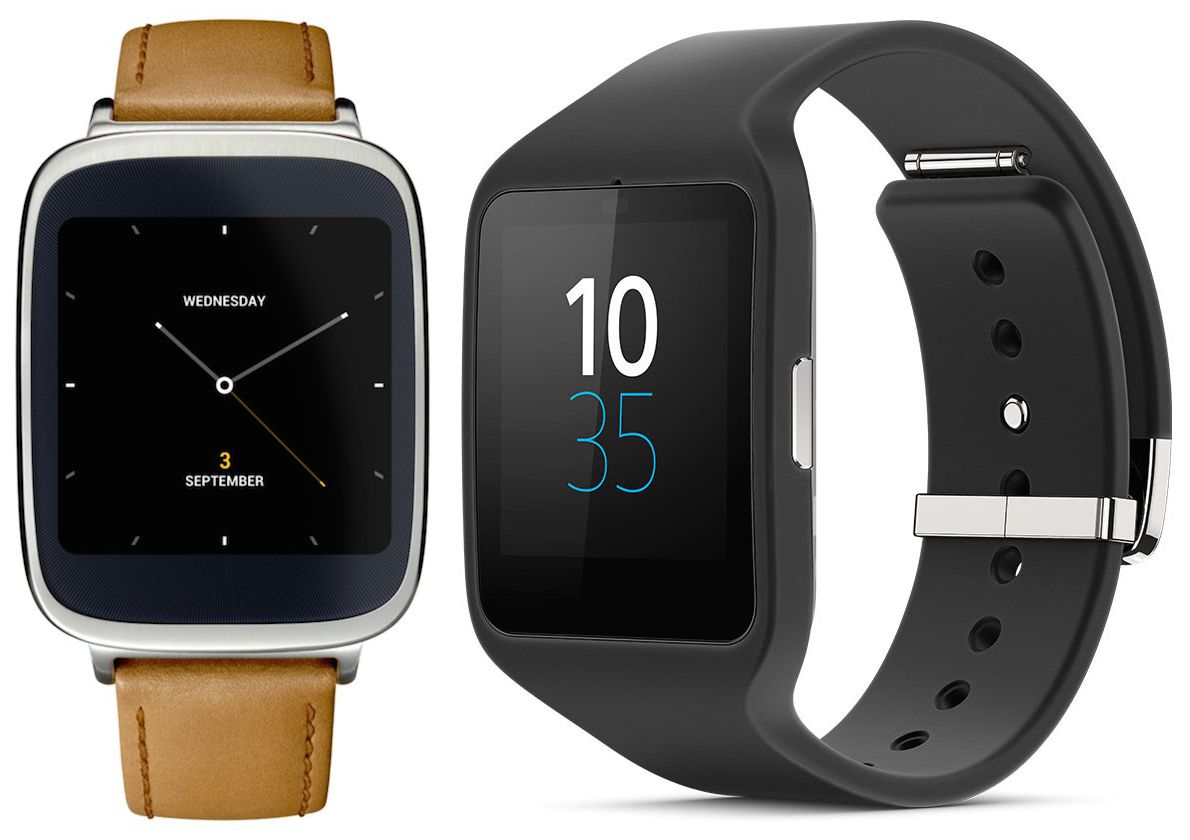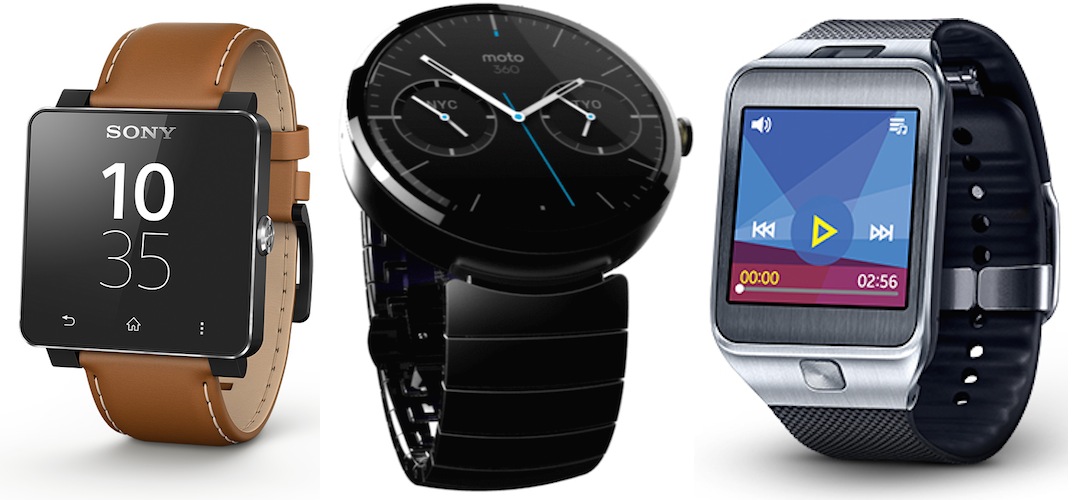What was not said about the Apple Watch
So the keynote just ended. The iPhone 6 and 6 Plus were about as expected. Other than the obvious screen resolution and battery differences, it seems the only functional difference between the two is Optical Stabilization for photography in the 6 Plus. Apple Pay is a great solution for payments that Apple has already gotten many large retailers on board for, something it seems they are uniquely capable of doing. I don't remember other companies getting that kind of traction from the stay with a new payment method. The real announcement of the event was, however, the Apple Watch. Some things about the watch which are interesting: The Digital Crown is a great user interface coup for Apple. Being able to navigate through some features without ones fingers blocking the screen is important for such a small screen. There is some intelligence in the messaging app that allows it to suggest answers to texts which is really interesting if it works. i.e. if You receive a text asking 'Do you want to get Sushi or Burgers for lunch?' it should be able to suggest Sushi and Burgers as quick-response options. Apple is clearly leading in physical options for their watch.…



